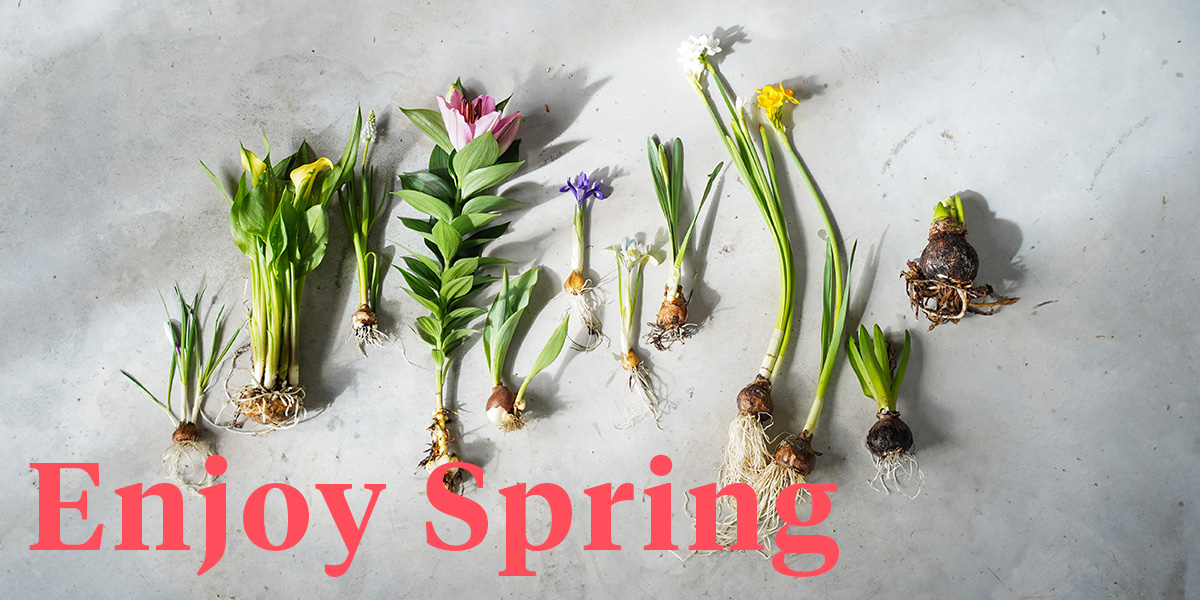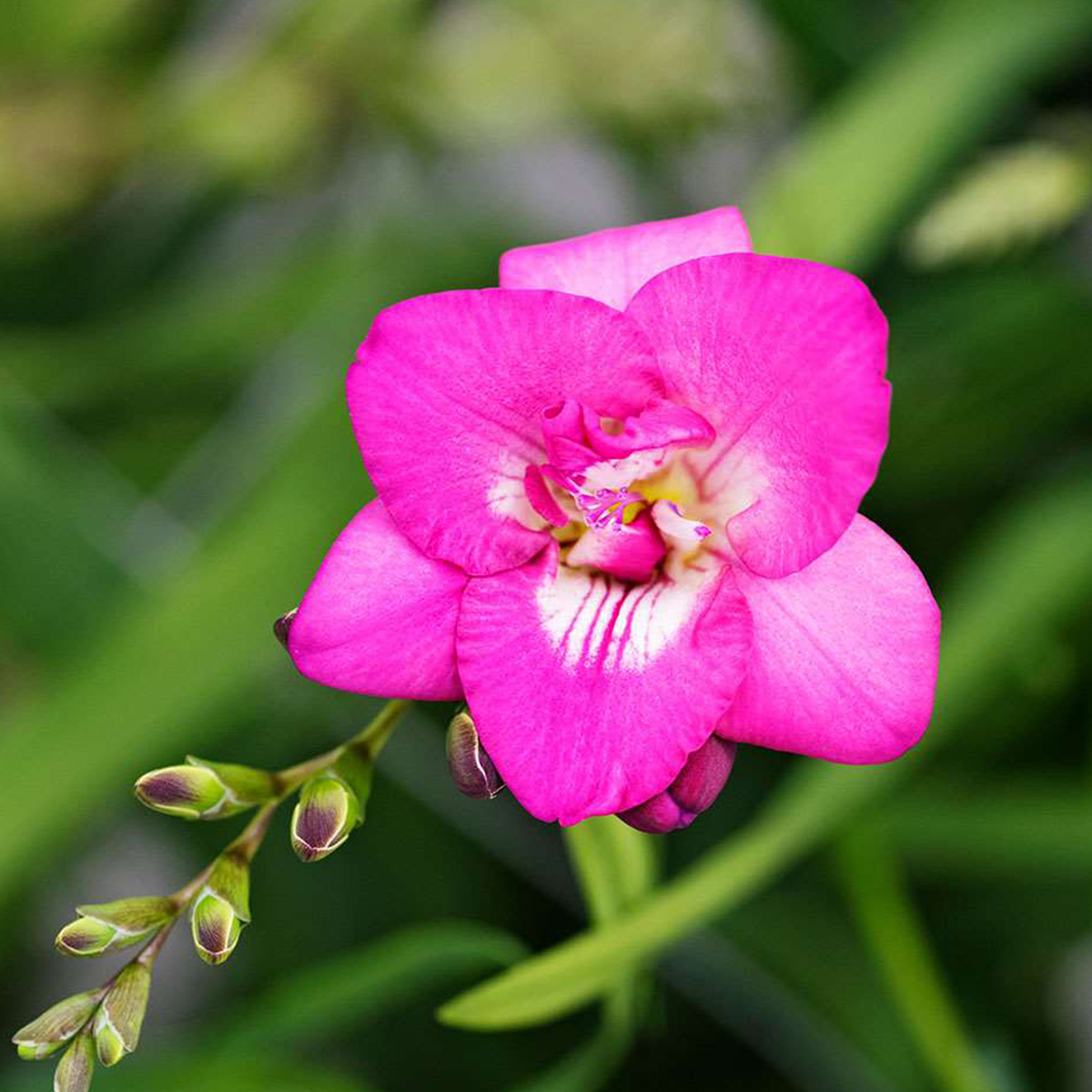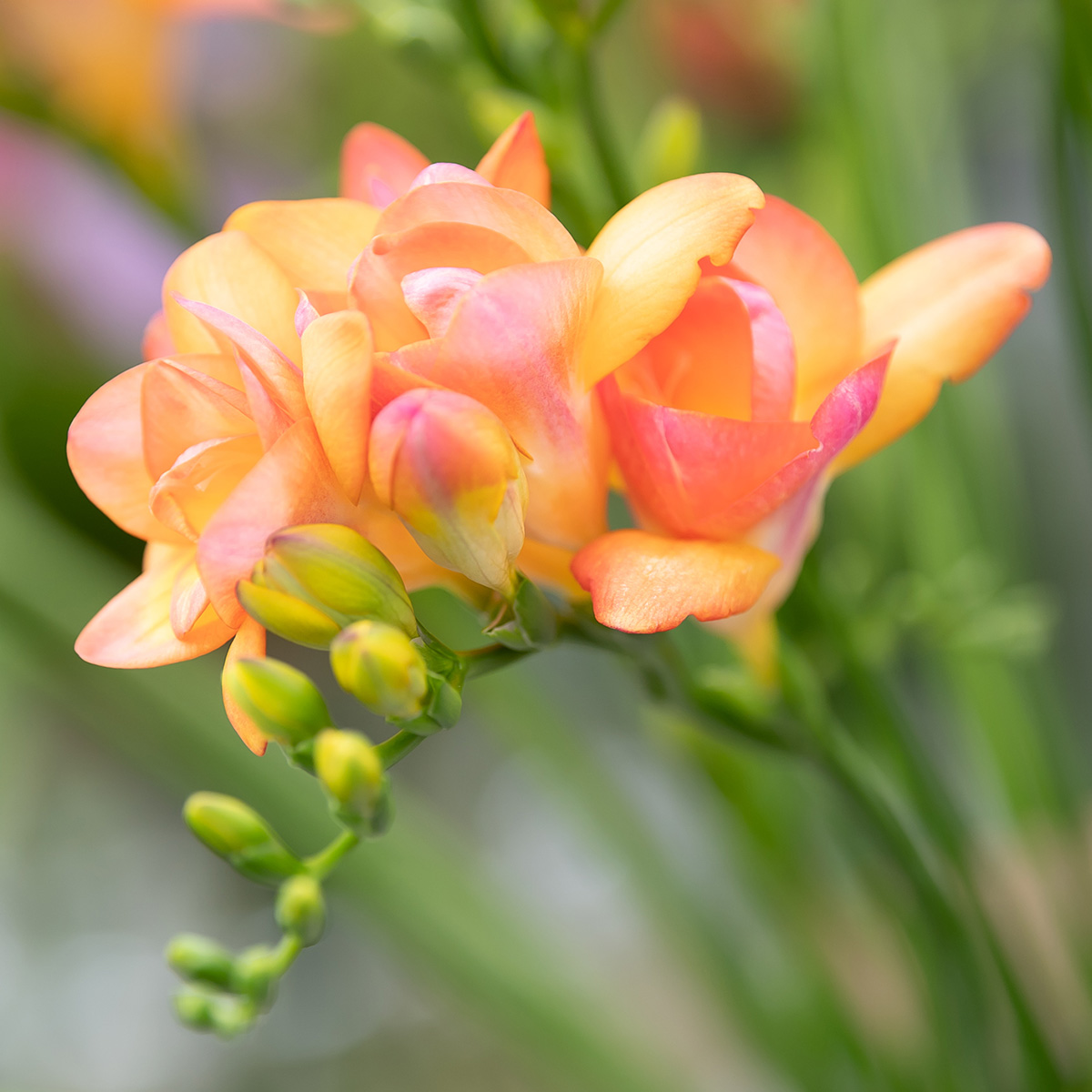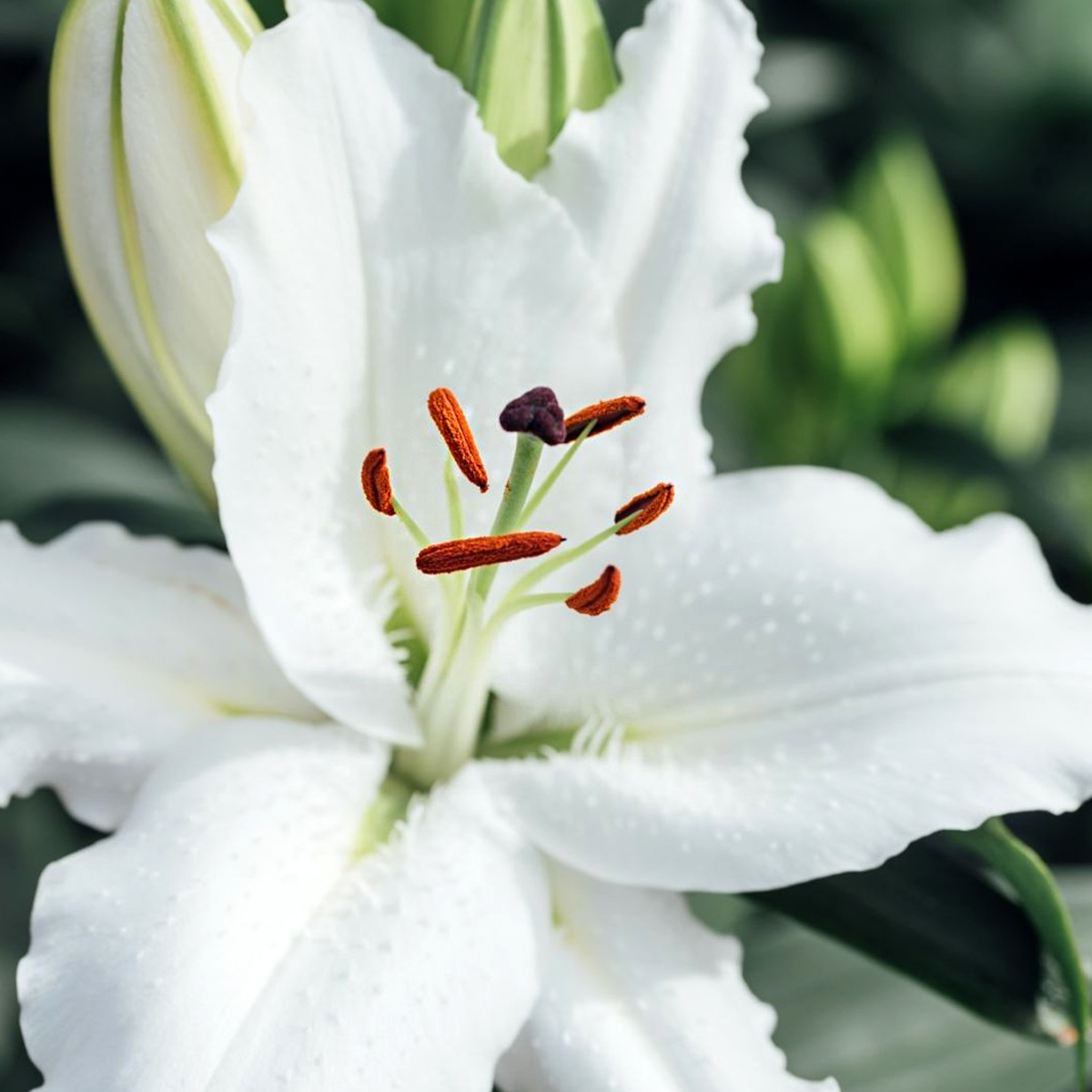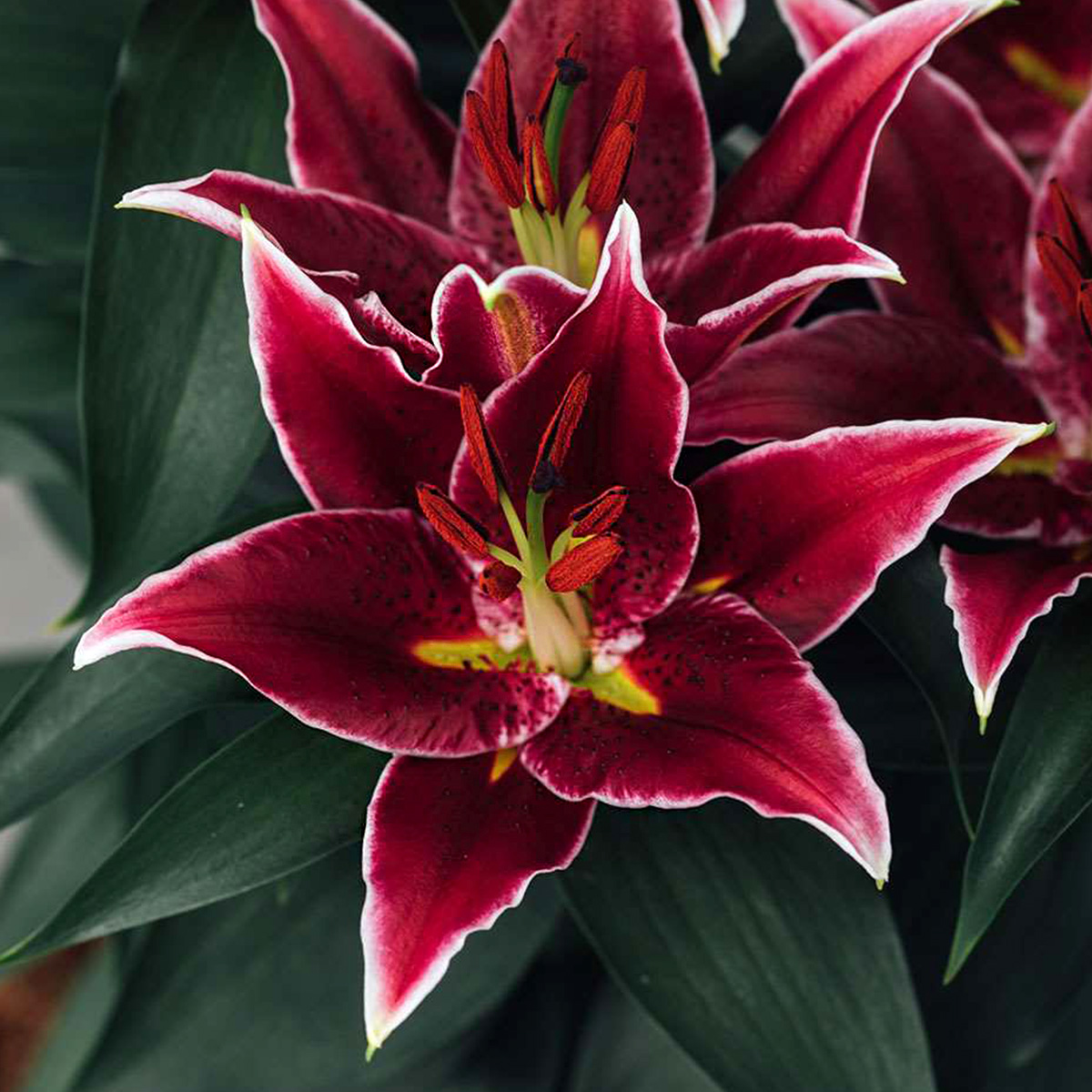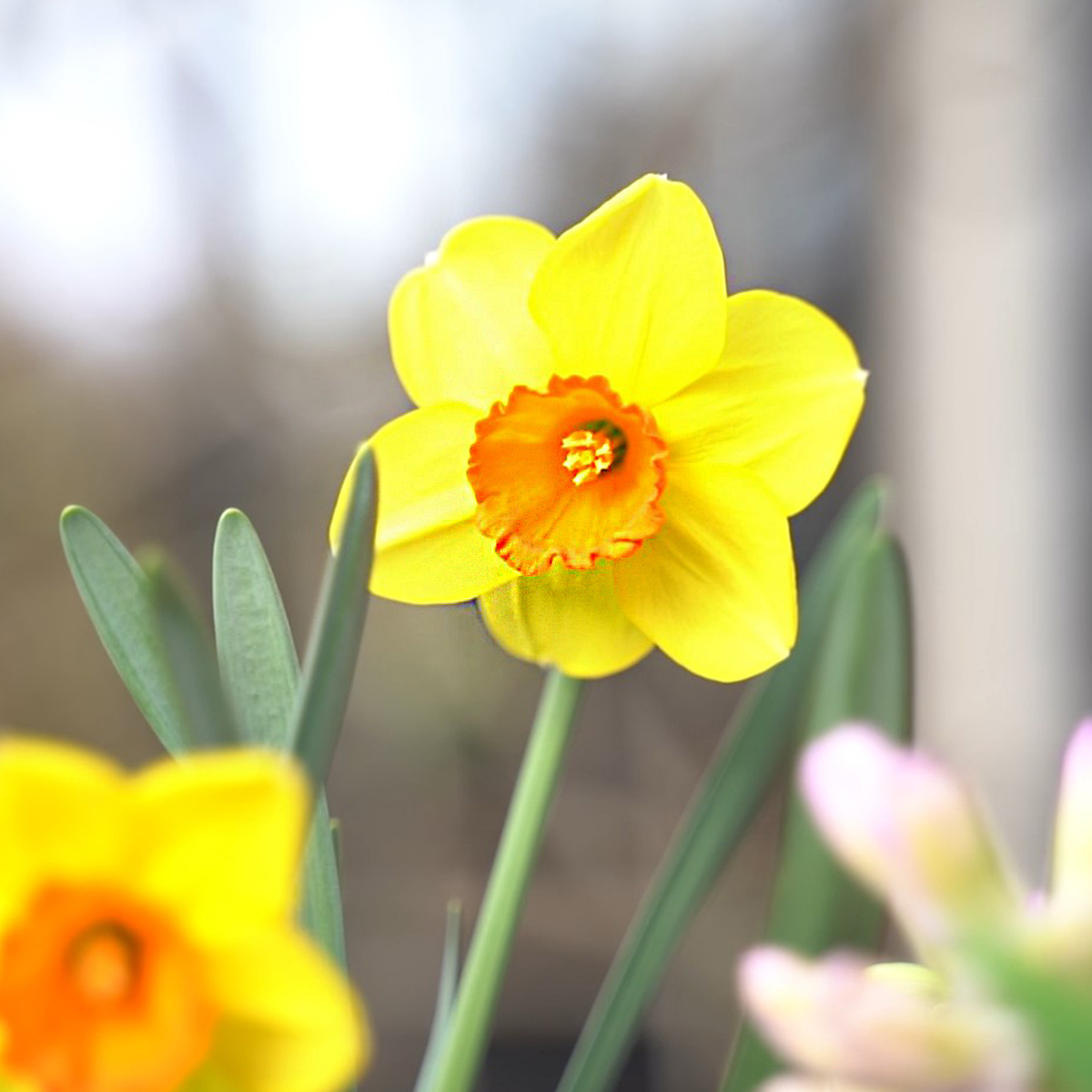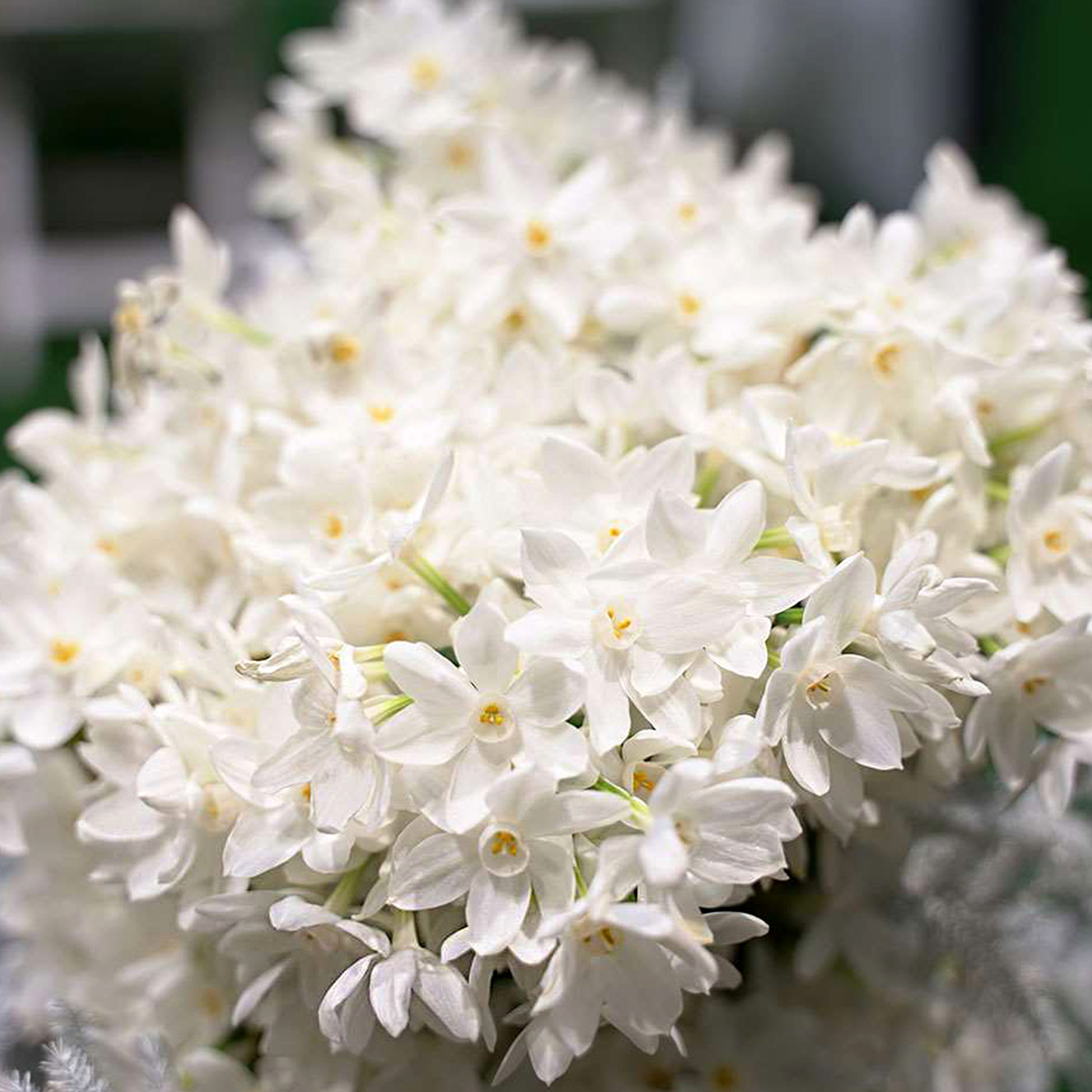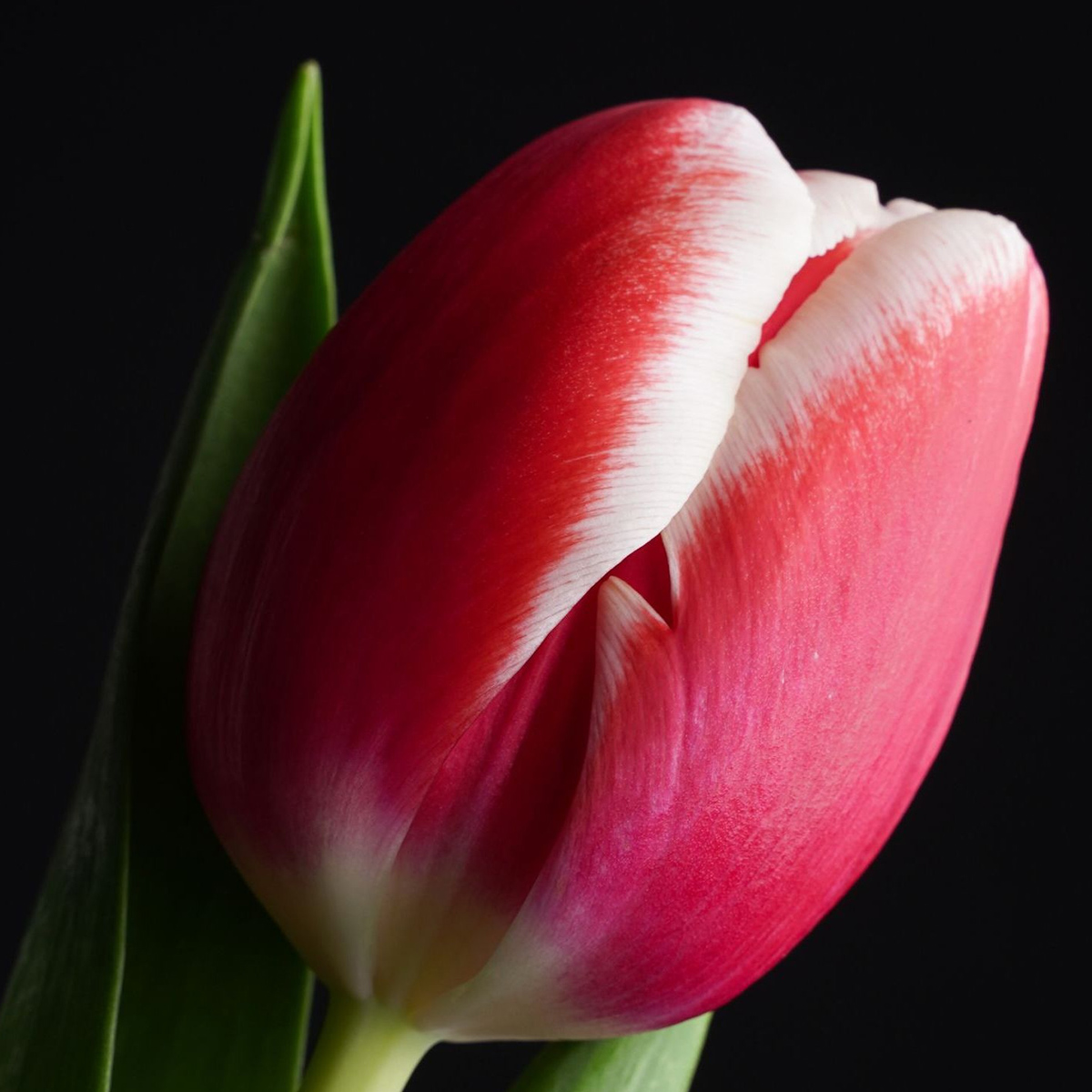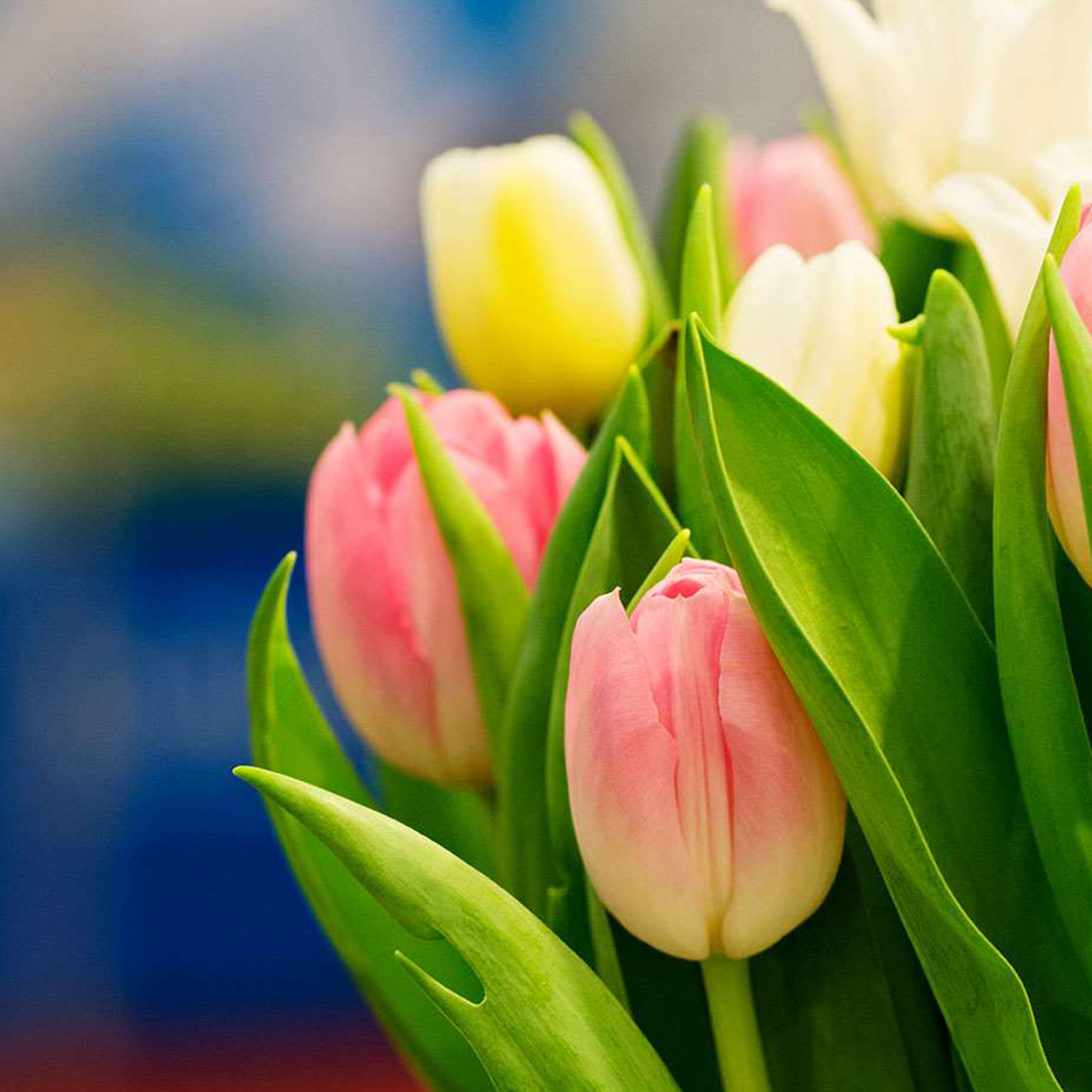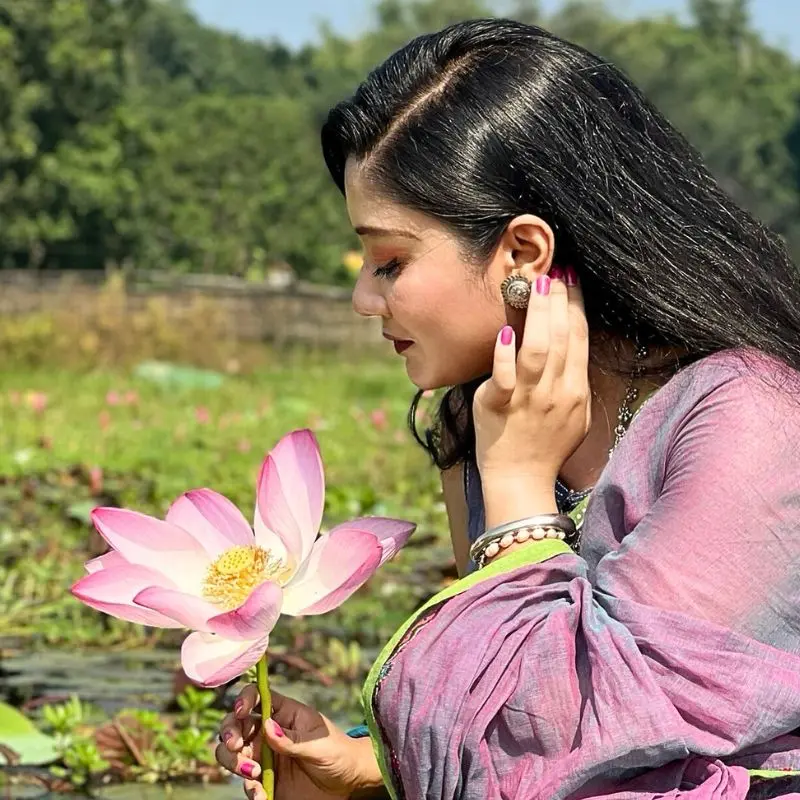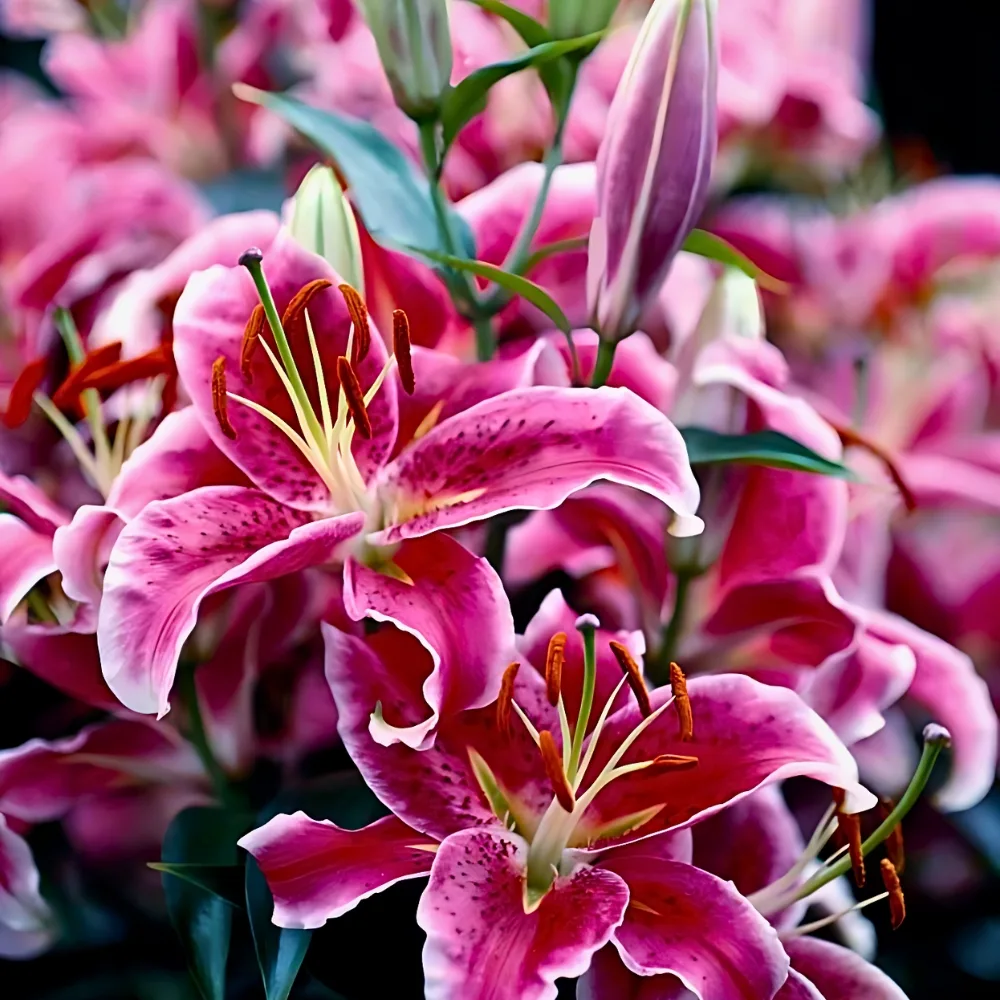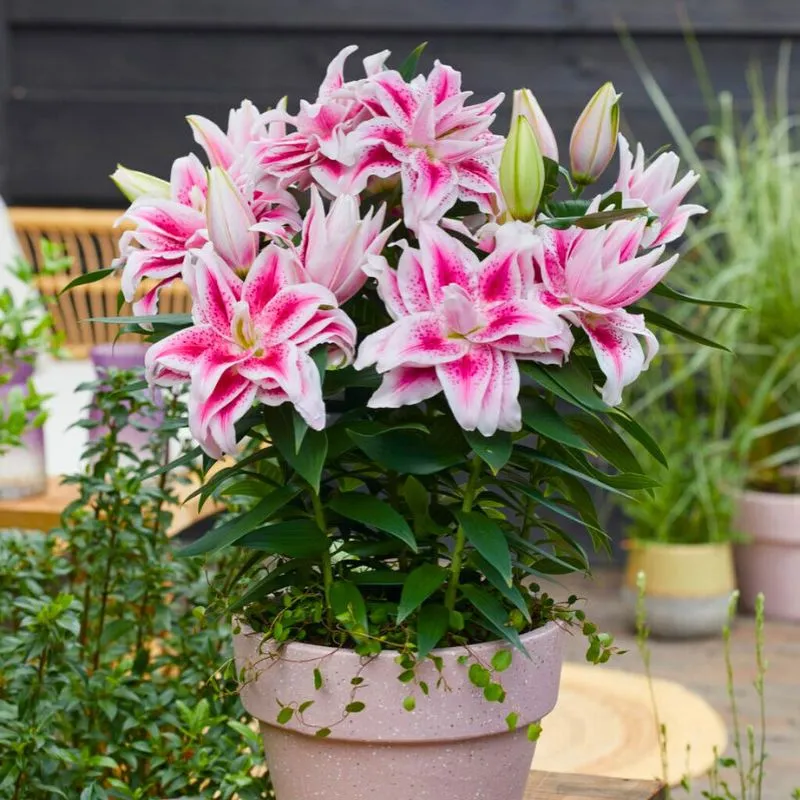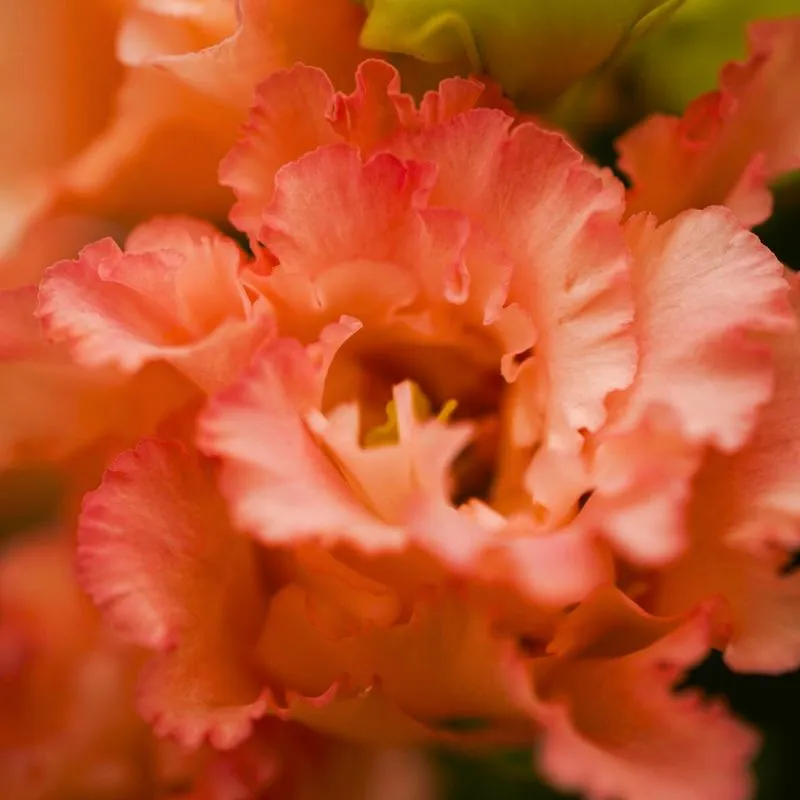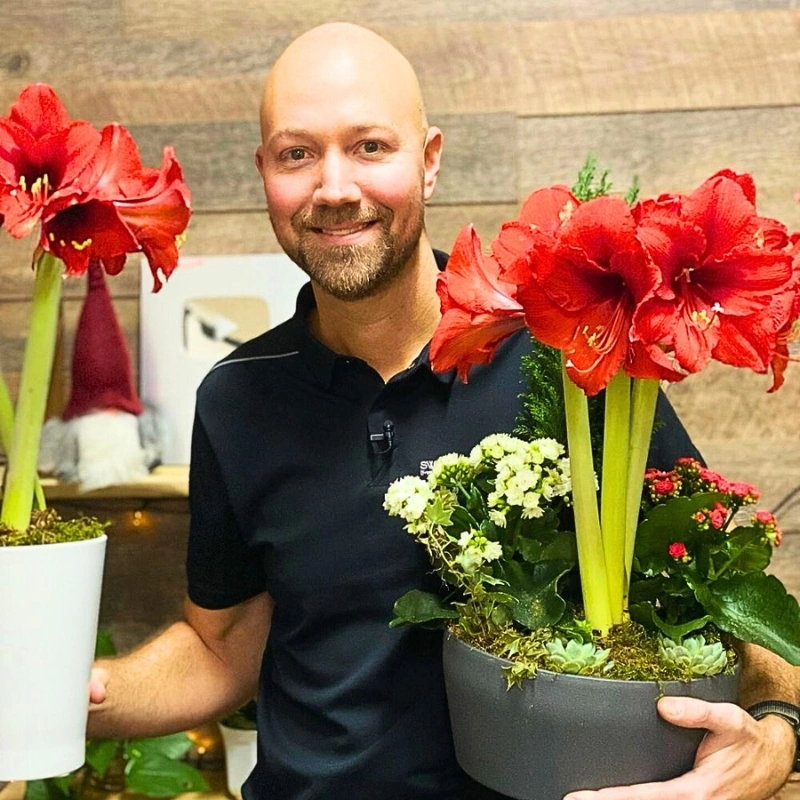On the 21st of March, it is officially spring everywhere in the world. ☀️ Astronomically speaking, spring begins when the day and night are of equal length. During spring, the days get longer and longer. So enjoy the beautiful colors of the spring bulbs for a longer time! For example the hyacinth, crocus, narcissus, and tulip.
Bulb Season in Full Effect
Did you know that some plants grow from seeds, some from cuttings 🌱 , and some from a bulb? At this moment the bulb season is in full effect! The Decorum assortment offers no less than eleven varieties. Do you recognize all varieties in the photo below?
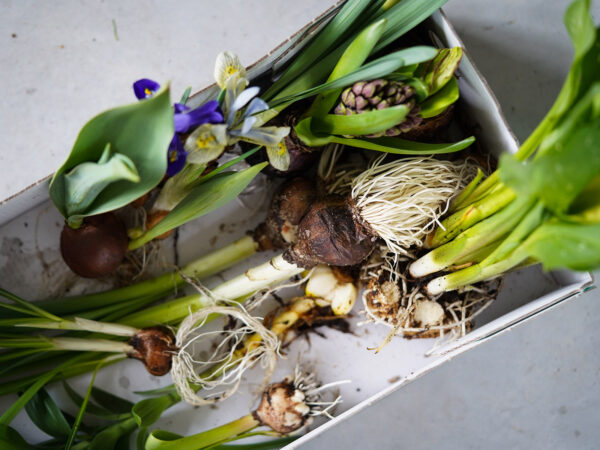
Iris
The iris is named after the Greek goddess of the rainbow. The flower occurs in almost all colors of the rainbow. The iris is best known for its many beautiful shades of blue, a color that you don't see very often in cut flowers. But also in white, yellow, purple, or bicolored, you will find the exuberant iris. In Greek mythology, the goddess Iris was a messenger between gods and people. If you give someone irises, that means "I have a message for you". 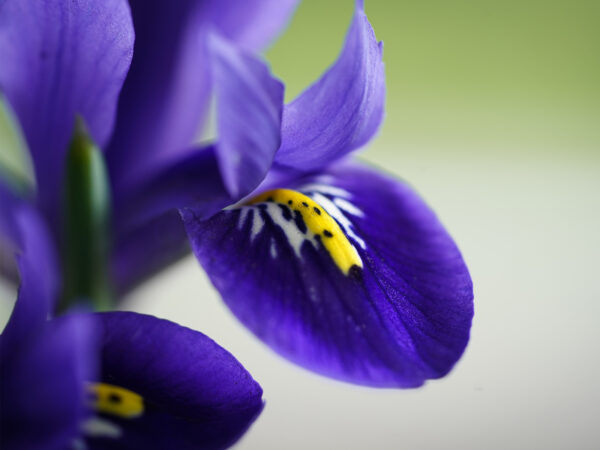

Hyacinth
If you experience the scent of hyacinths, you know spring has arrived! With their delicate fragrance and fresh colors, they banish winter from your door. The hyacinth arrived in Europe via Turkey, Syria, and Lebanon around 1560, but it took a couple of more centuries before everyone could indulge in its charms. In the seventeenth and eighteenth centuries, the hyacinth was so exclusive, only rich aficionados could afford to adorn their conservatories with the plant. Fortunately, things in the intervening years have changed considerably. The hyacinth is now available to all as a cut flower or a pot plant. You can select from a wide range of various colors to mix and match on a tray or group in pots. The hyacinth is equally at home inside or outside. Enjoy this cheerful bloomer! 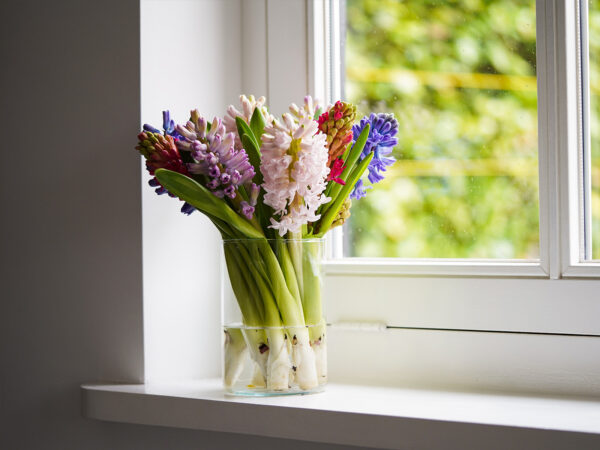

Freesia
The freesia is a wonderful flower, and not just singularly in a vase, but also when combined with other flowers. Discovered in South Africa, the freesia is sometimes also known as the Cape’s ‘lily of the valley’. Each flower has its symbolic meaning, the freesia standing for trust and innocence. The flowers are often a metaphor for pure love and given as an anniversary gift to mark the seventh year of marriage. The grower of this product is Hofland Freesia. 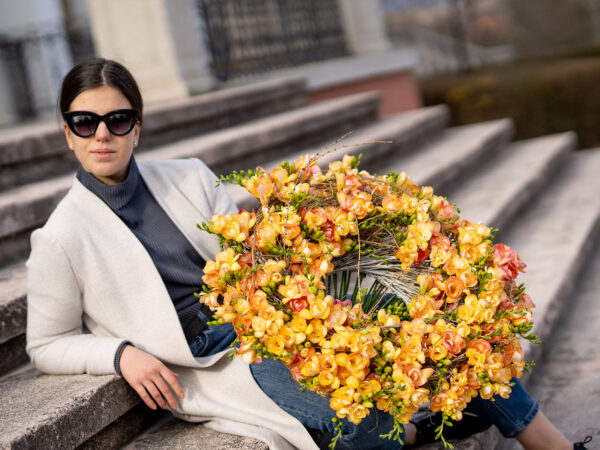

Lilium
The lilium, better known as the lily, is available as a cut flower or as a pot plant. Since ancient times, the plant has had a distinguished and symbolic character. To the Greeks and the Romans, the plant symbolized versatility, virginity, and purity, one of the reasons women wore crowns of lilies during weddings and other ceremonies. The lily also often occupies a central position at religious ceremonies, and mostly the white variety. These days the lily is also seen as a symbol of femininity and love. Some varieties also have a delicious scent. The dimensions of the flower will differ depending on the variety. Decorum’s pot lily cultivator Marcel van der Voort of nursery Van Schie notes: “The potted lily is equally at home both inside and outside. As the bulbs are winter hardy, once the lily has bloomed, you can replant them in the garden with a guarantee that it will again produce a radiant floral display the following year.” 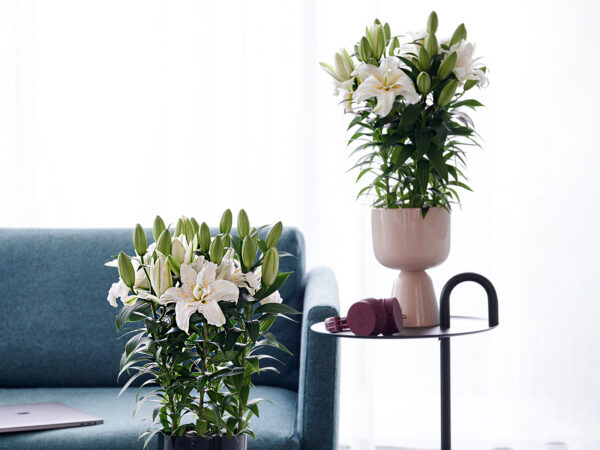

Narcis
Nothing heralds spring quite like the sunny narcissus, or daffodils as they are more commonly known. The bulbs with the green shoots also produce smooth stems with languid light brown heads, which open up in beautiful trumpet-shaped flowers. They are an instant cheerful addition, which rapidly blooms indoors. And when they open, they are instantly everything spring has to offer. An ideal pot bulb to brighten up your home; quickly and effectively, particularly when everything outside is still cold, wintry, and grey. The buds open swiftly, and if it is very quiet at home you will even hear them rustle as they unf The plant was named after the vain hunter of Greek mythology. Narcissus was so in love with his own reflection in the water he eventually fell in and drowned. This is why daffodils are always looking slightly downward. Another little gem of information to impress. 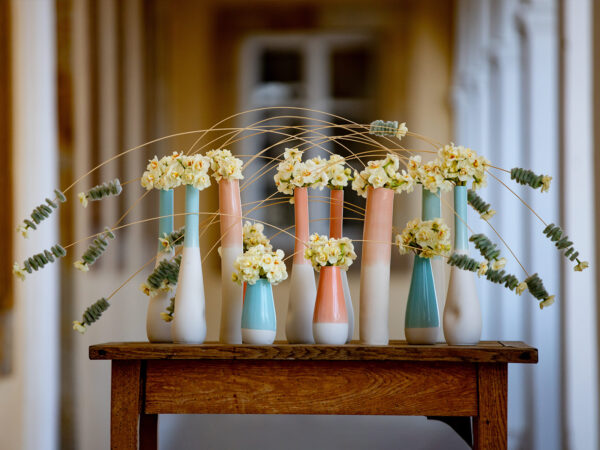

Tulip
“Tulips from Amsterdam...” The tulip; what could be more Dutch? Well, mmm perhaps... actually the tulip is typically Iranian, typically Afghan, and typically Kazakh. Wandering nomads brought the colorful flowers to Turkey, where the sultans started a trend of wearing the flowers in their turban. Which is how the flower acquired its name; ‘tulipan’ meaning turban. If you gifted someone a tulip in the sixteenth century, you gave a treasure; literally. In those days, the flower was extremely popular and there was a speculative trade in tulip bulbs. For the price of one tulip bulb, you could also buy an entire canal-side house in Amsterdam. These days, a bunch of tulips will only set you back a couple of euros and the flower is available to everyone. Tulips are wonderful to combine in a bouquet, for example with carnations or turban buttercups to create an impressive spray. Or buy loose tulips and place them in a special tulip vase, where they can show off and jump in all directions. Tip from our grower Menno Boots from Borst Bloembollen: "Select a clean vase with sufficient height, as tulips will continue to grow another few centimeters in a vase." 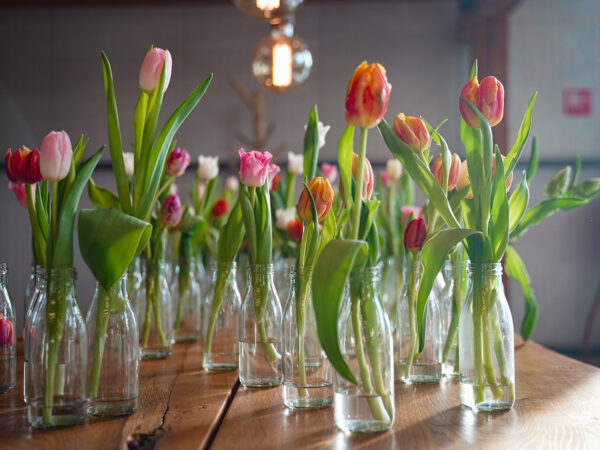

Plants for indoors and outdoors
Did you know that you can move some plants from indoors to outdoors as soon as it stops freezing? This is how you turn your lovely outdoor space into full bloom in no time. 🌸
Zantedeschia
The zantedeschia or calla is a classic beauty with a colorful calyx, sunny temperament, and African roots. This plant was minding its own business in South Africa, when one afternoon during the eighteenth century Giovanni Zantedeschia, an Italian explorer, stumbled past and took the plant back with him to his native country. There the newcomer was named after the intrepid traveler: zantedeschia. These days the plant is better known as calla, although some people prefer to call it ‘chalice’, as according to myth the Greeks drank from the flower’s cup. The zantedeschia may be a classic, but it also has a rougher side. For this reason, depending on the type of pot selected, the calla will enhance any number of interior styles. 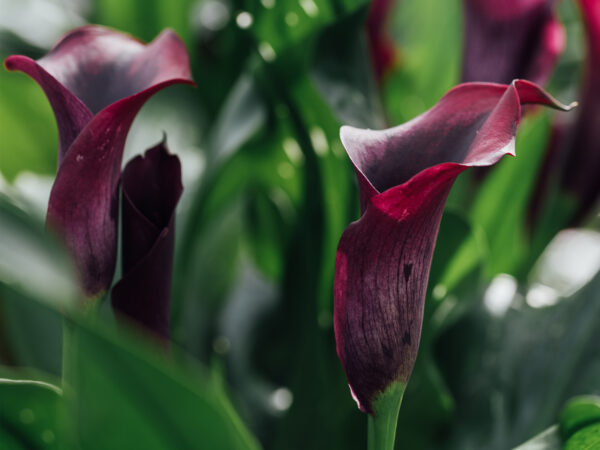

Amaryllis
The amaryllis, also known as hippeastrum, makes an excellent house companion. Grown from a bulb, the amaryllis is originally a Mexican and Caribbean plant. Whatever its origins, it will have little trouble setting up a home in your living room. And once it has found its spot, it will surprise you by decking out its corner with its large, wonderful flowers, which are guaranteed to see you through the winter. With its plethora of colors, there is always one to enhance your interior. Or you can mix and match, by bringing them together in a large tray, or by putting them in separate pots arranged on shelving units. 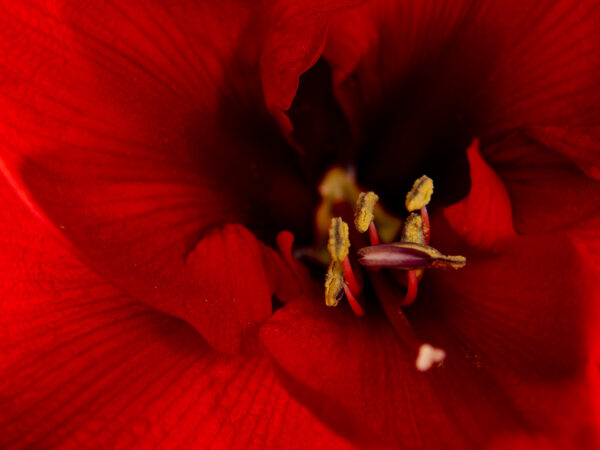

Fun fact!
The difference between a bulb and a tuber product can be seen mainly on the inside! A bulb has rings on the inside, these rings store the food and the energy of the bulb. A tuber is flat on the inside and does not do this. Beautiful flowers and plants can grow from both products. 💜 Kind regards, The gardeners of Decorum Plants & Flowers 


